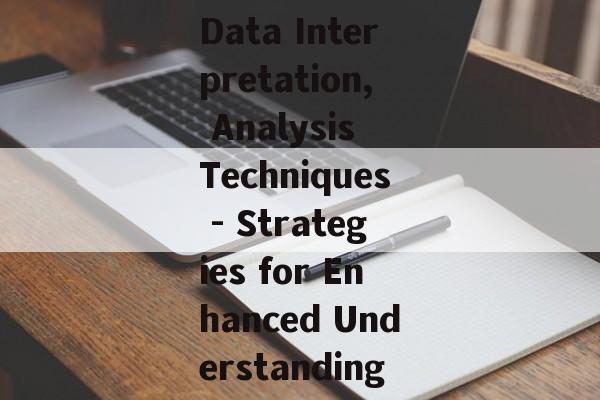Understanding the Basics of Data Interpretation
Data interpretation involves the process of analyzing data and extracting meaningful insights to make informed decisions. It is the bridge between raw data and actionable information. To begin, one must first understand the types of data they are dealing with (quantitative, qualitative, or mixed) and the appropriate methods to interpret them.
For instance, quantitative data (numbers and statistics) often requires statistical analysis, while qualitative data (texts, images, or observations) needs thematic analysis. The key is to ensure that the interpretation aligns with the objectives of the study or project.

Techniques for Effective Data Analysis
Several techniques can enhance the effectiveness of data analysis. These include data visualization, where tools like graphs and charts help in understanding trends and patterns. Another technique is predictive modeling, which uses historical data to forecast future outcomes. Additionally, conducting comparative analysis can reveal insights by comparing different data sets or time periods.
For example, a business might use comparative analysis to understand how changes in marketing strategies affect sales over time. These techniques require a nuanced understanding of the data and the context in which it is used.
Overcoming Challenges in Data Interpretation
Challenges in data interpretation often arise from biases, incomplete data, or incorrect methodology. To overcome these, it is essential to adopt a critical mindset and question assumptions. Ensuring data quality by validating sources and checking for consistency can also help. Moreover, collaboration with peers can provide different perspectives and enhance the interpretation process.
Consider a scenario where a researcher encounters incomplete data. Instead of making assumptions, they should seek additional data or use statistical techniques to handle missing values, ensuring accurate interpretation.
Applying Interpretation in Real-World Scenarios
The application of data interpretation is vast, ranging from business intelligence to healthcare. In business, interpreting sales data can help in making strategic decisions about inventory and marketing. In healthcare, interpreting patient data can lead to better treatment plans and public health policies.
For example, a hospital might use patient data to identify trends in disease occurrence, leading to targeted interventions. This demonstrates how interpretation can have tangible benefits in various fields.
Continuous Learning and Improvement
The field of data interpretation is ever-evolving, with new tools and techniques emerging regularly. Continuous learning through courses, workshops, and staying updated with industry trends is vital. Additionally, reflecting on past interpretations and learning from mistakes can enhance future analyses.
Consider the case of a data analyst who regularly reviews their past work. This practice can help in identifying recurring errors and learning from them, leading to more accurate interpretations over time.
Conclusion
In conclusion, the ability to interpret data accurately is a critical skill in today's data-driven world. By understanding the basics, employing effective techniques, overcoming challenges, and continuously learning, individuals and organizations can harness the power of data to make informed decisions and drive success.










评论列表